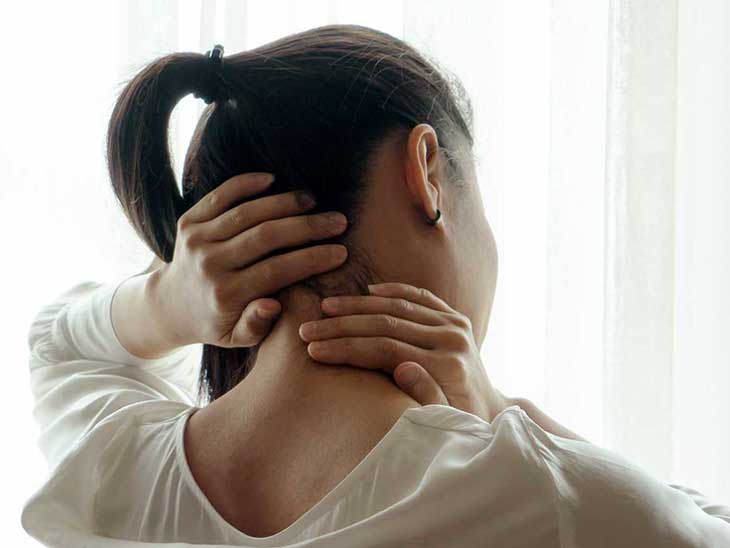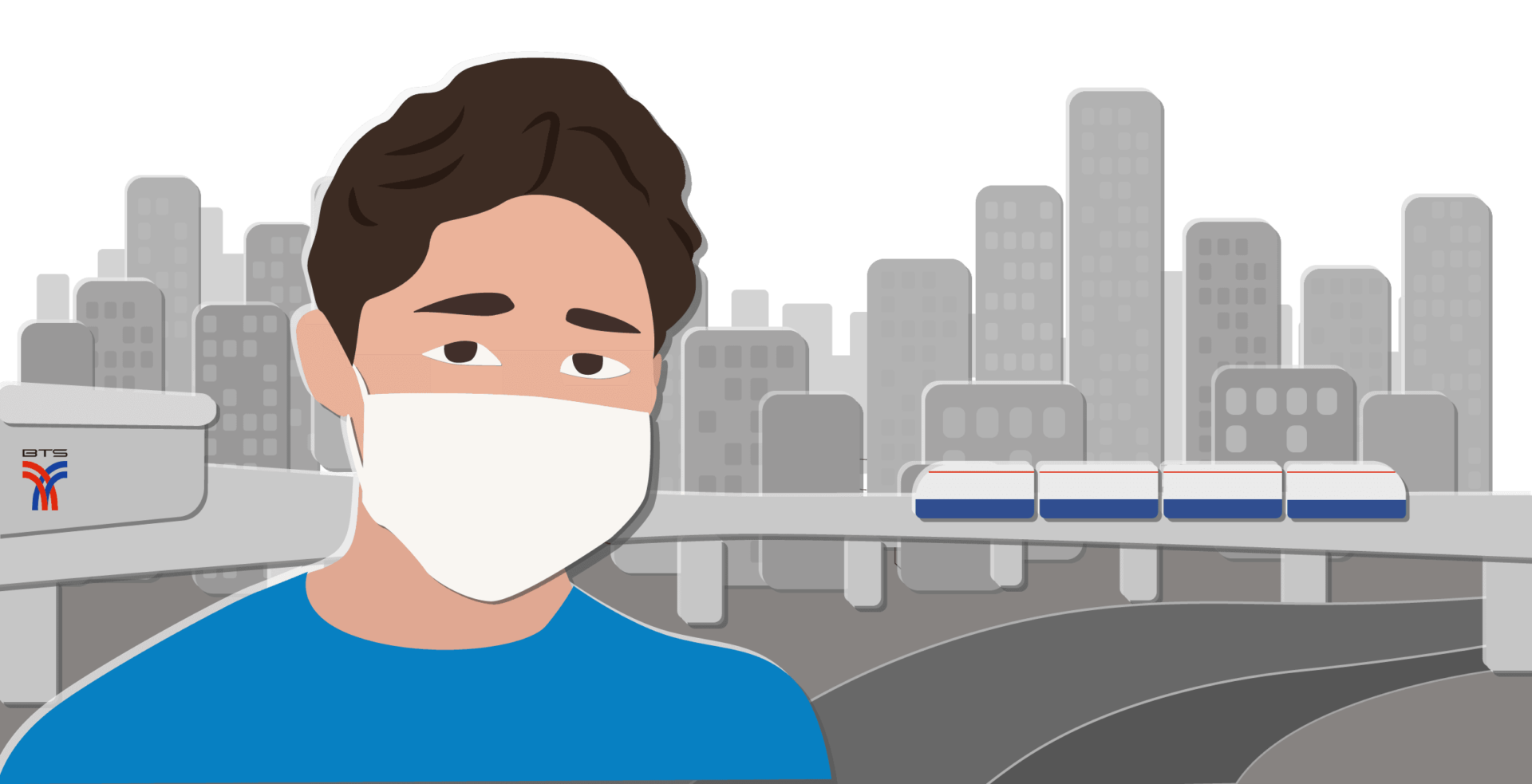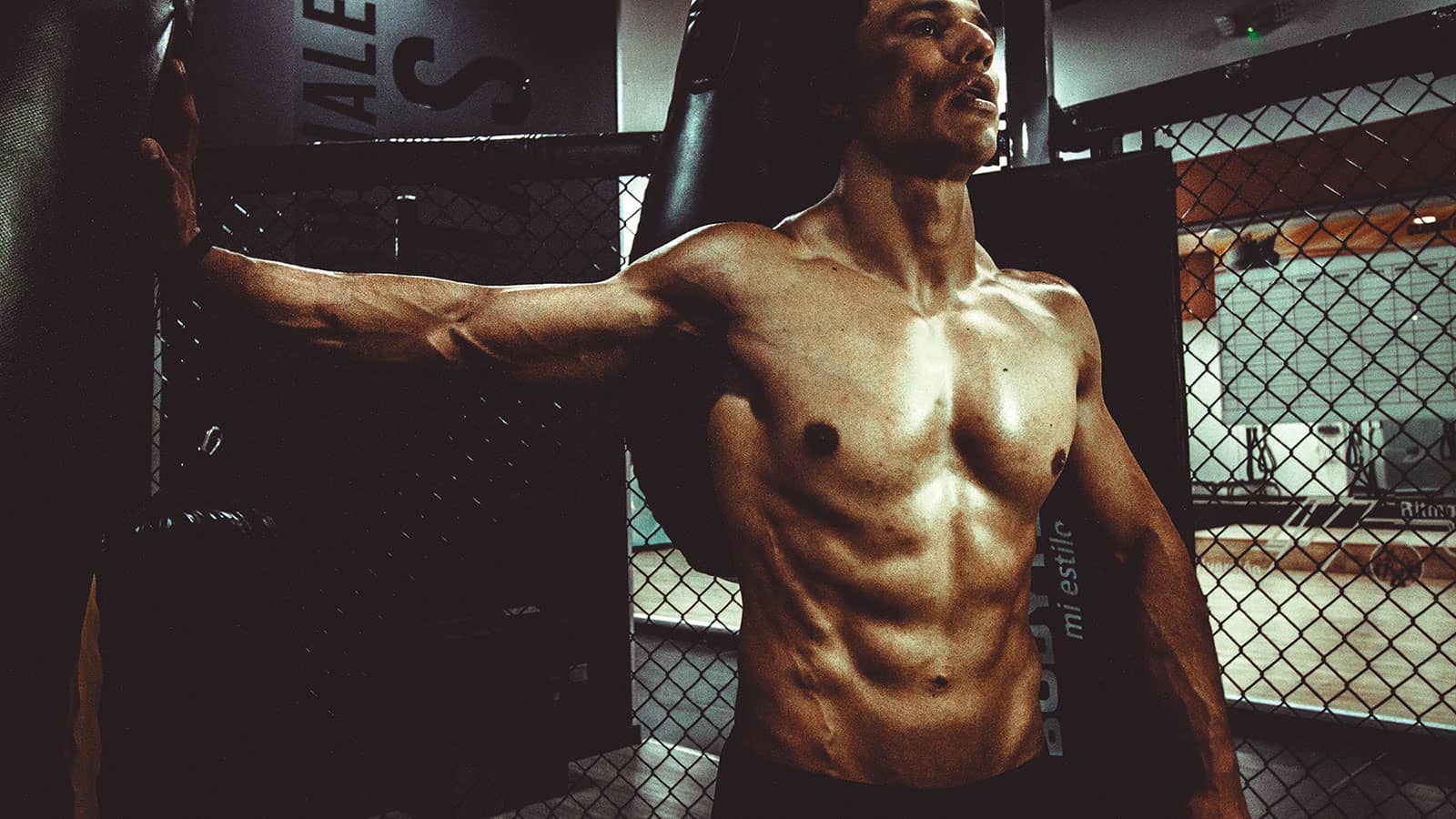Self-massage techniques that anyone can learn

Sometimes a massage is just what you need to soothe away aches and pains, and release stress that you’re holding onto in your body. However sometimes it’s not practical to book yourself in for a massage with one of the many amazing massage practitioners near you. Perhaps you can’t make time for it, or it’s not in your budget.
Although you might not create the same ambience that you’ll get in a spa setting, you can still receive some of the benefits that massage brings by learning a few self-massage techniques.
Where are you sore or tense?
Start by focusing on the areas of your body that produce feelings of pain and stiffness. Note that the area where you feel the pain might not necessarily be where the problem is. However, as a guide for beginners it can be a good place to start. Although it probably won’t fix the problem, it can help relieve your symptoms.
It’s a good idea to visit a physiologist or physiotherapist once or twice in order to help you understand where your muscle tightness is coming from. For example, your lower back might hurt because you have tight glutes and quads, or hamstrings. Gaining this sort of knowledge can help you understand what areas to focus on in your self-massage plan.
Self-massage tools
Like a massage therapist, you can use your hands and elbows to get into tense spots. However, these techniques are much easier to use on another person, rather than yourself. It can be super hard to reach tight spots on your own body, especially around your mid and upper back.
There are a number of great trigger point therapy tools available on the market. Some of the ones you might have heard of include foam rollers, trigger point balls, and spikey balls. However you don’t need any special equipment to get started with these techniques. Simply grab yourself a tennis ball!
Techniques
Once you’ve identified the area of your body that you want to target, place the ball in that area. You then need to find a way of applying pressure. For some areas of your body, for example your back and shoulders, you may be able to stand up against a wall. Place the ball in the area of tension and then press your body into the wall – so the ball will be between you and the wall.
For deeper pressure, and to reach certain areas of the body such as your buttocks and calves, sit or lie on the floor. It will be easier to apply more pressure from your bodyweight in these positions.
Make sure you’re rolling over muscle, and not bone. Let the ball roll around the tense area to help release trigger points. You can also stop on painful trigger points and hold. It should feel like a ‘good pain’, meaning that you still need to be able to breathe and relax into it. If you find you’re sore later in the day, or the next day, ease off the next time you try these techniques.
Some common tight spots you might want to release:
- The soles of your feet. Stand up to apply sufficient pressure, and consider getting a harder ball such as a golf ball, to get deep enough into the tissue
- Buttocks and calves – approach these from a seated position
- Back and shoulders – stand with your ball in between your body and the wall for a light massage, or lie down with the ball in between your body and the floor for a more intense treatment







Responses